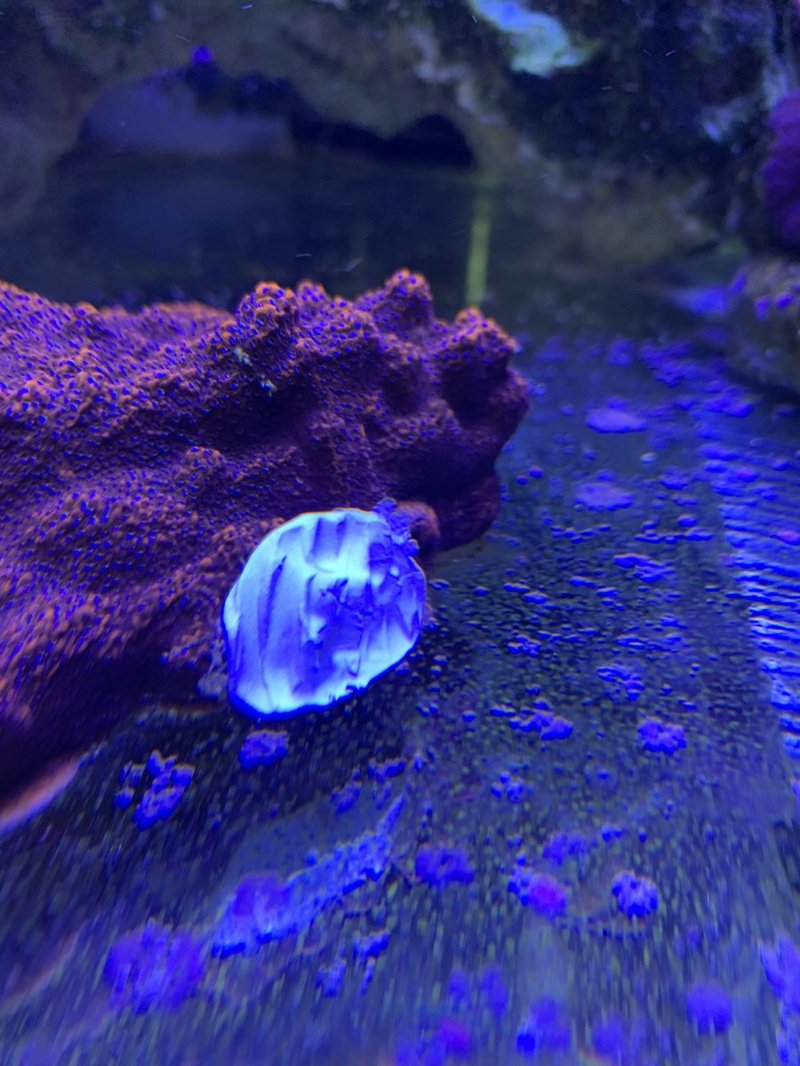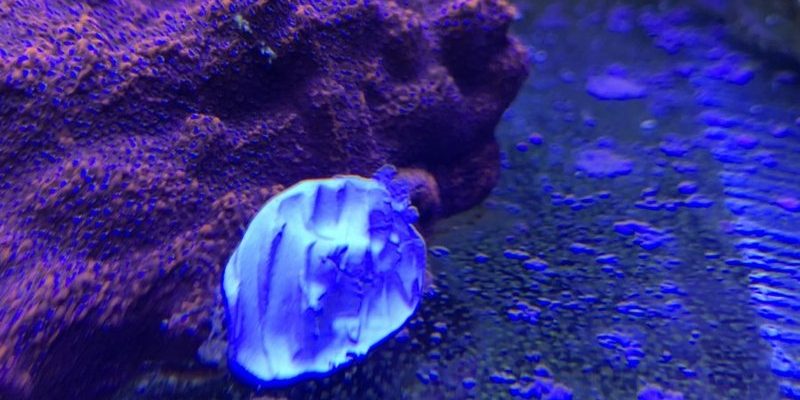
Imagine a beautiful underwater garden where coral and various marine life thrive. Now, picture a creature that resembles a colorful segment of a garden hose, lurking beneath the sandy surface, waiting to ambush its prey. This is the Bobbit worm’s unique existence. In this article, we’ll dive deeper into understanding these fascinating worms and the vital role that natural reef substrates play in their environment.
What Exactly is a Bobbit Worm?
Bobbit worms, scientifically known as *Eunice aphroditois*, can be found in warm, shallow waters across the globe. They can grow to be quite long, reaching lengths of over 10 feet in some cases, although you’ll usually find them hanging out around 3 feet long. They have a segmented body with a striking array of colors, from browns and greens to yellows and reds.
So, what do they do? These worms are predatory, using their sharp jaws to snatch up unsuspecting fish and other small sea creatures that venture too close. They spend most of their time hidden in their burrows, only exposing their head and those fearsome jaws. Their unique hunting strategy is like that of a trench warfare soldier—patiently waiting and then striking with precision.
One interesting tidbit: the name “Bobbit” comes from a rather infamous incident involving a human in the 1990s. But forget about that! The real focus here should be on this marine marvel and its important place in the reef ecosystem.
The Role of Natural Reef Substrates
Now that we’ve met our worm friend, let’s talk about **natural reef substrates**. Think of coral reefs as bustling cities under the sea, and the substrates are like the foundation and roads of that city. Substrates include the ocean floor made of sand, small rocks, and even dead coral. They provide essential support for growth and development of various marine life, including the Bobbit worm itself.
These substrates not only support the physical structure of the reef but also foster biodiversity. They serve as a habitat for a variety of organisms—from tiny microbes to larger fish. Healthy substrates mean a thriving ecosystem, which is crucial for the overall health of the reef.
Furthermore, natural substrates help with biological processes like nutrient cycling. They can store essential elements that contribute to coral health. Healthy substrates promote plant growth, leading to a vibrant and balanced marine environment.
Bobbit Worms and Their Habitat
Bobbit worms typically inhabit sandy or muddy substrates where they can build their burrows. They’re more than just squatters in the sand; they actively contribute to their environment. Their burrowing habits can aerate the substrate, improving water flow and allowing nutrients to circulate better.
By creating these burrows, they also provide a refuge for other smaller marine creatures. You might think of them as the unsung heroes of the reef, helping to maintain a balanced ecosystem. The synergy between Bobbit worms and their substrates encourages a healthy habitat for many other species to thrive.
Here’s the thing: if Bobbit worm populations dwindle, it could potentially disrupt the entire ecosystem. A decline in these worms can lead to less aeration of the substrate, which in turn affects the health of corals and other marine life that rely on this delicate balance.
The Fascinating Diet of Bobbit Worms
Bobbit worms are carnivorous, and their diet consists mostly of small fish and crustaceans. Their hunting strategy is quite impressive. When prey comes too close, they strike with lightning speed, grabbing their meal with those formidable jaws.
Interestingly, Bobbit worms are known to be cannibalistic. If food is scarce, larger Bobbit worms may prey on smaller ones. This behavior is a testament to their adaptability and competitive nature.
You might be wondering how they locate their prey. Bobbit worms have sensory tentacles that help them detect vibrations in the water. When they sense movement, they’re ready to pounce. It’s like having a sixth sense, allowing them to become effective hunters in their underwater world.
Threats to Bobbit Worms and Their Substrates
Like many marine creatures, Bobbit worms face threats from human activity. Pollution, overfishing, and habitat destruction can all negatively impact their populations. Destructive fishing practices can devastate the very substrates they rely on, leading to declines in their numbers.
Coral bleaching is another significant concern. As temperatures rise due to climate change, corals become stressed and expel the symbiotic algae living within them. This leads to a decline in coral health, affecting the entire reef ecosystem, including Bobbit worms.
Conservation efforts are crucial to help maintain the delicate balance of these underwater habitats. By protecting reef substrates and reducing pollution, we can help ensure that fascinating organisms like the Bobbit worm continue to thrive in our oceans.
In exploring the world of Bobbit worms and natural reef substrates, it’s clear that these creatures and their environments are interconnected. The health of Bobbit worms is a reflection of the overall health of coral reefs, emphasizing the importance of preservation and sustainable practices in marine environments.
Every time you think about ocean life, consider the unsung heroes beneath the waves—the Bobbit worms. They might seem strange, but in their own way, they contribute to the vibrant tapestry of life that makes up our oceans. Protecting their habitats means more than just saving one species; it’s about preserving the intricate networks that sustain countless marine lives. So, the next time you look at a beach or dive into the ocean, remember the myriad of creatures like the Bobbit worm making waves beneath the surface.

